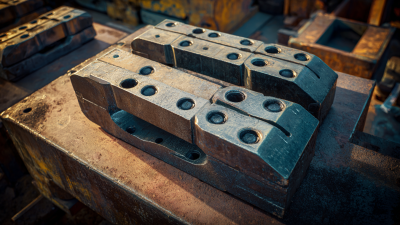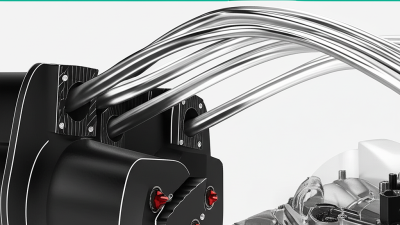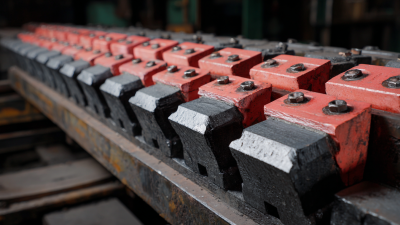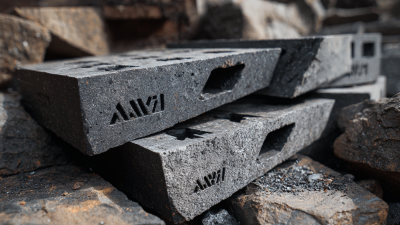In the mining industry, the precision and efficiency of machinery play a pivotal role in optimizing operations and maximizing productivity. A crucial component in this realm is the Mining Machinery Jaw Plates, which are integral to the crushing processes employed in mineral extraction. According to a report by MarketsandMarkets, the global mining equipment market is projected to reach USD 189.6 billion by 2025, reflecting a compound annual growth rate (CAGR) of 6.0%. Within this context, the performance of jaw plates significantly impacts not only the throughput of materials but also the wear and lifespan of mining equipment.
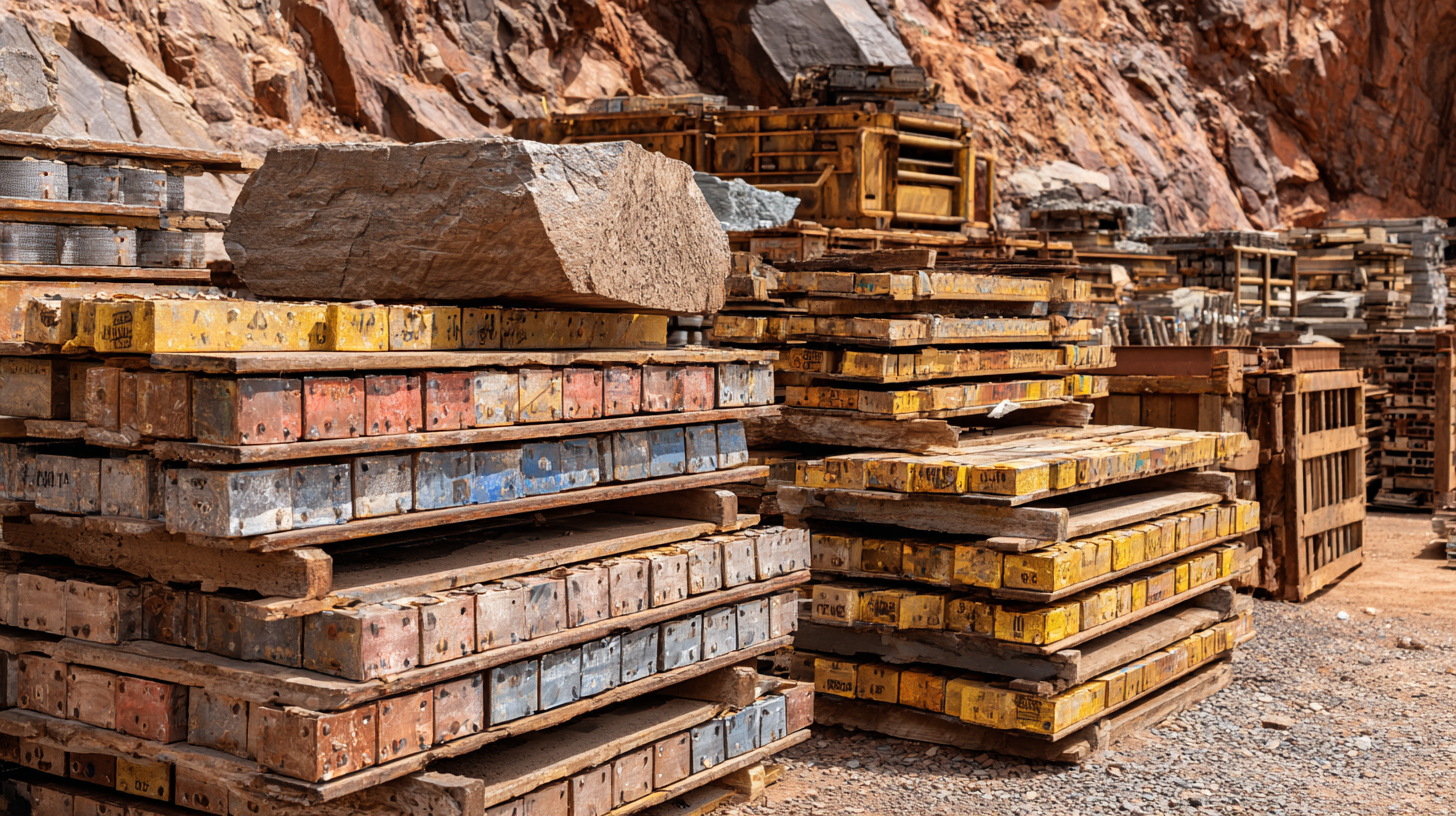
As mining operations scale and become more sophisticated, understanding the specifications, materials, and maintenance of these jaw plates will enhance the reliability and efficiency of processes, minimizing costly downtimes and maximizing return on investment. This guide aims to provide a comprehensive overview of the role of jaw plates in mining machinery, underlining their importance in achieving operational excellence in the sector.
Choosing the right jaw plate material is crucial for optimizing the performance and lifespan of mining machinery. The material used in jaw plates significantly influences the crushing efficiency and wear resistance of the equipment. Common materials include manganese steel, which offers excellent durability and impact resistance, and various alloys that can enhance hardness and reduce wear. Selecting the appropriate material depends on factors like the type of minerals being processed and the operating environment.
Tips: When choosing jaw plate materials, consider conducting a thorough analysis of your crushing requirements. Evaluate the specific materials being crushed and their abrasiveness. Additionally, consult with manufacturers to understand the latest advancements in materials science, which can offer improved performance and durability.

Recent studies emphasize the importance of optimizing design aspects, such as the swinging jaw plate's shape and chamber configuration. Innovations in these areas can lead to more efficient crushing processes and longer equipment life. By focusing on the design and material selection of jaw plates, mining operations can achieve improved productivity and minimal downtime. Regularly reviewing and updating your equipment based on the latest research can make a substantial difference in operational success.
Jaw plates are crucial components in mining machinery, particularly in crushers where they serve as the primary means of breaking down materials. There are several types of jaw plates, each designed for specific applications and material characteristics. The two most common types are standard and adapted jaw plates. Standard jaw plates are typically used in applications where a uniform particle size is required, as they provide consistent crushing action. They are often made from high manganese steel, ensuring durability and resistance to wear.
On the other hand, adapted jaw plates are engineered to handle more specialized tasks, such as tackling extremely hard or abrasive materials. These plates can come with varied profiles, allowing for enhanced performance in specific scenarios, such as mining for minerals or recycling concrete. The choice between standard and adapted jaw plates not only influences the efficiency of the crushing process but also plays a significant role in equipment longevity and operational costs. Understanding these differences enables mining operators to select the right jaw plates for their machinery, thereby optimizing throughput and reducing downtime.
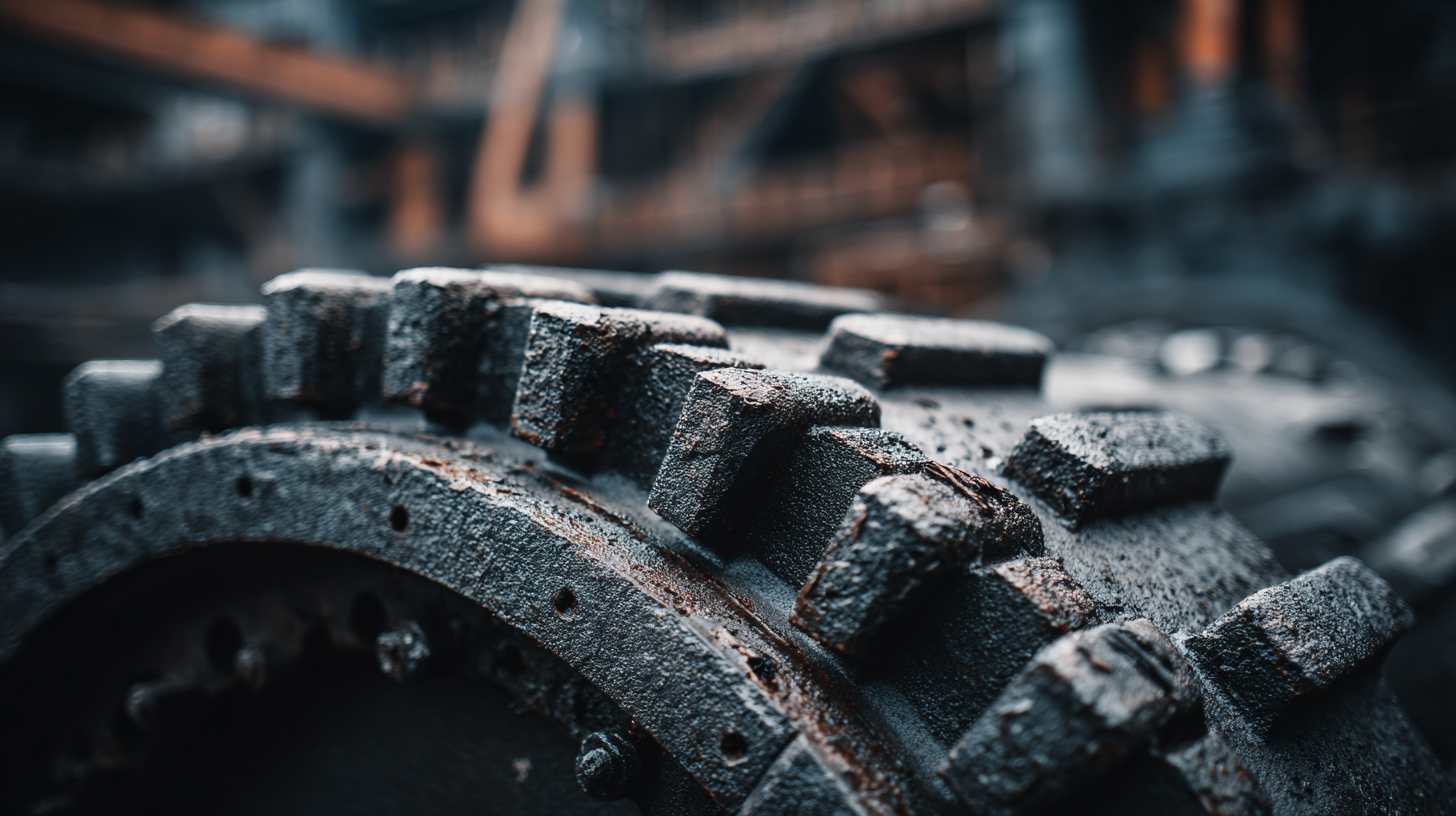 Jaw plates are crucial components in mining machinery, specifically in jaw crushers, where they facilitate the crushing process. To ensure these components perform optimally, regular maintenance is essential. One key aspect of maintenance involves monitoring the wear patterns of the jaw plates. Operators should regularly inspect the plates for signs of damage or excessive wear, which can lead to inefficient crushing and unplanned downtimes.
Jaw plates are crucial components in mining machinery, specifically in jaw crushers, where they facilitate the crushing process. To ensure these components perform optimally, regular maintenance is essential. One key aspect of maintenance involves monitoring the wear patterns of the jaw plates. Operators should regularly inspect the plates for signs of damage or excessive wear, which can lead to inefficient crushing and unplanned downtimes.
In addition to routine inspections, operators can optimize the lifespan of their jaw plates by adjusting the crusher's settings for the specific material being processed. This includes ensuring the feed size is appropriate and that the material is evenly distributed across the jaw plates. Innovations in crushing technology have also made it easier to achieve maximum operator safety and simplify maintenance tasks, which can further enhance the longevity of jaw plates. By taking these proactive steps, mining operations can not only extend the life of their jaw plates but also improve overall equipment performance.
The design of jaw plates in mining machinery is crucial for enhancing crushing efficiency. To optimize jaw plate design, engineers must focus on material selection, profile configurations, and surface treatments. Using high-quality, durable materials such as manganese steel can significantly improve the wear resistance of jaw plates, leading to longer operational life and reduced downtime. Additionally, custom profiles can be developed to match the specific material feed and desired product size, ensuring efficient crushing with minimal energy consumption.
Another vital aspect of optimizing jaw plate design is the implementation of advanced surface treatments. Techniques like hardfacing can enhance the surface hardness of jaw plates, providing an extra layer of protection against wear and tear. Furthermore, incorporating design features such as curved surfaces or varying heights can facilitate better rock fragmentation and smoother material flow. By focusing on these elements, mining companies can achieve greater productivity and cost-effectiveness in their operations, ultimately resulting in a more efficient crushing process.
Jaw plates are crucial components in mining machinery, particularly in jaw crushers, where they play a key role in the crushing process. However, issues with jaw plates can lead to reduced efficiency and costly downtime. Common problems include wear and tear, misalignment, and cracking, which can severely impact the performance of mining operations. Identifying these issues early on is essential for maintaining optimal operation.
**Tips for Troubleshooting**: Regularly inspect jaw plates for signs of excessive wear or damage. Implementing a proactive maintenance schedule can help catch issues before they escalate. Additionally, ensure that the jaw plates are properly aligned during installation to prevent uneven wear and enhance the lifespan of the components.
Another common issue is the buildup of material between the jaw plates, which can hinder the crushing process. Operators should ensure that the crushing chamber is adequately cleared and that the equipment is maintained to minimize blockages. Keeping an eye on production rates can also offer insights into the effectiveness of the jaw plates and highlight the need for adjustments or replacements.
| Issue | Symptoms | Possible Causes | Recommended Solutions |
|---|---|---|---|
| Excessive Wear | Reduced crushing efficiency, increased operational noise | Improper material selection, incorrect machine settings | Regularly inspect and adjust settings; use high-quality materials |
| Cracking | Visible cracks on jaw plates, loss of material | Excessive pressure, poor manufacturing quality | Replace damaged jaw plates, consider re-evaluating material input |
| Misalignment | Uneven wear patterns, increased vibration | Improper installation or adjustment | Realign jaw plates and check installation procedures |
| Poor Grip | Slippage of material, inefficient crushing | Worn surface texture, incorrect jaw design | Upgrade to textured plates or replace with suitable designs |
